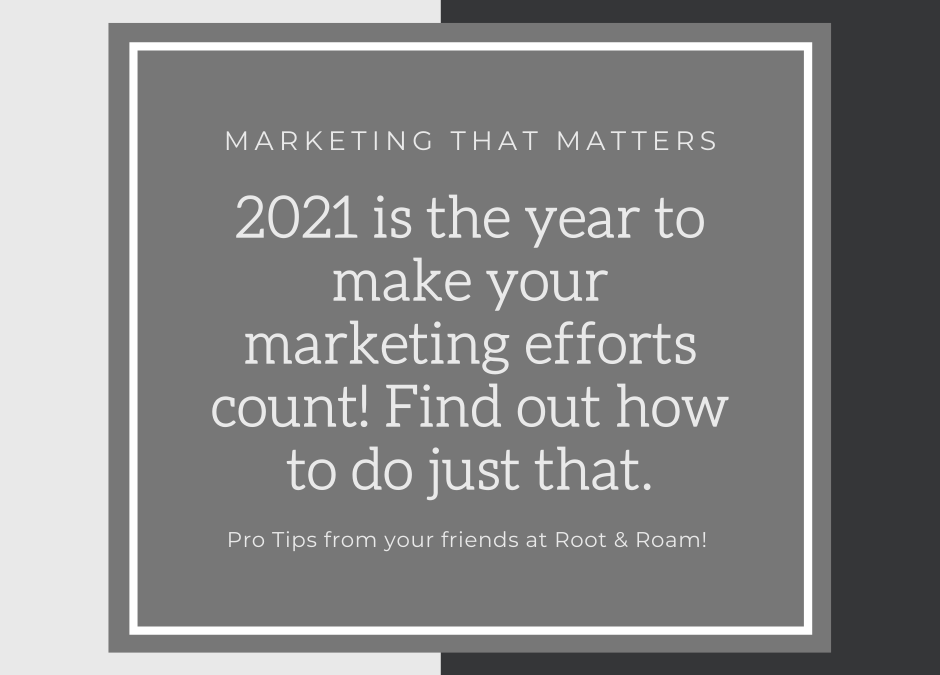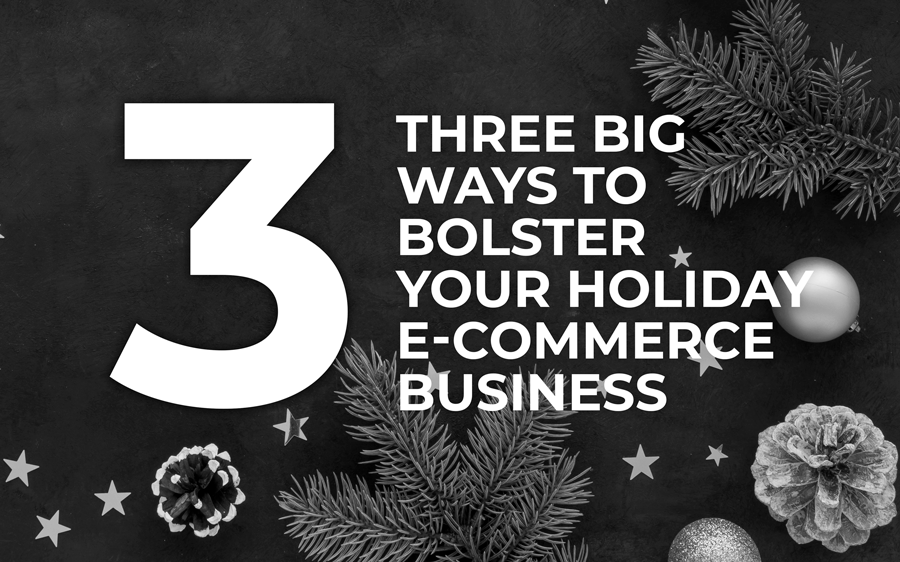
by Amy | Mar 8, 2021 | Digital Marketing, EDDM, Publications, Traditional Marketing
Newsletters are one example of email marketing, which is just a small segment of a digital marketing strategy. Unlike transactional email marketing (an email that is triggered when a user performs a calculated action), newsletters have (or should have) a regular...

by Amy | Feb 8, 2021 | Digital Marketing, Public Relations, SEO, SEO Strategy, Social Media, Traditional Marketing
There is no doubt that COVID-19 had a dramatic impact across industry sectors, to include the one we work in here at Root and Roam Integrated Marketing Agency. The pandemic decimated small so called “Mom and Pop” shops, while wreaking havoc on just about all brick and...

by Amy | Nov 18, 2020 | EDDM, Public Relations, Traditional Marketing, Website
Many of us eagerly anticipate and look forward to the holidays. It’s a time for celebration, family, good food, and what we hope is just the right amount of snow. With Thanksgiving fast approaching, we’re quickly coming into the 2020 holiday season. As a business...

by Amy | Sep 24, 2020 | Traditional Marketing, Videography
Originality This harkens back to creating empathy and being genuine. Being original can be challenging, but the key to originality goes back to what we covered in the Week 1 section. Find out who you are, what you do, and be unequivocally that. There’s an old...

by Amy | Sep 9, 2020 | Traditional Marketing, Videography
LEVERAGING WHAT YOU PROVIDE – YOUR PRODUCTS & SERVICE A powerful aspect of video is the way it can illustrate and showcase what you provide to people in a way that allows them to quickly see the benefits and value of that product or service. Video gives you...






